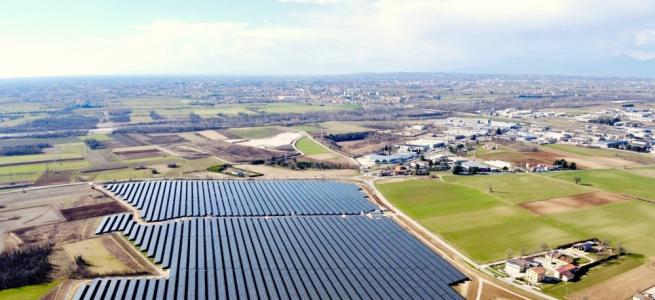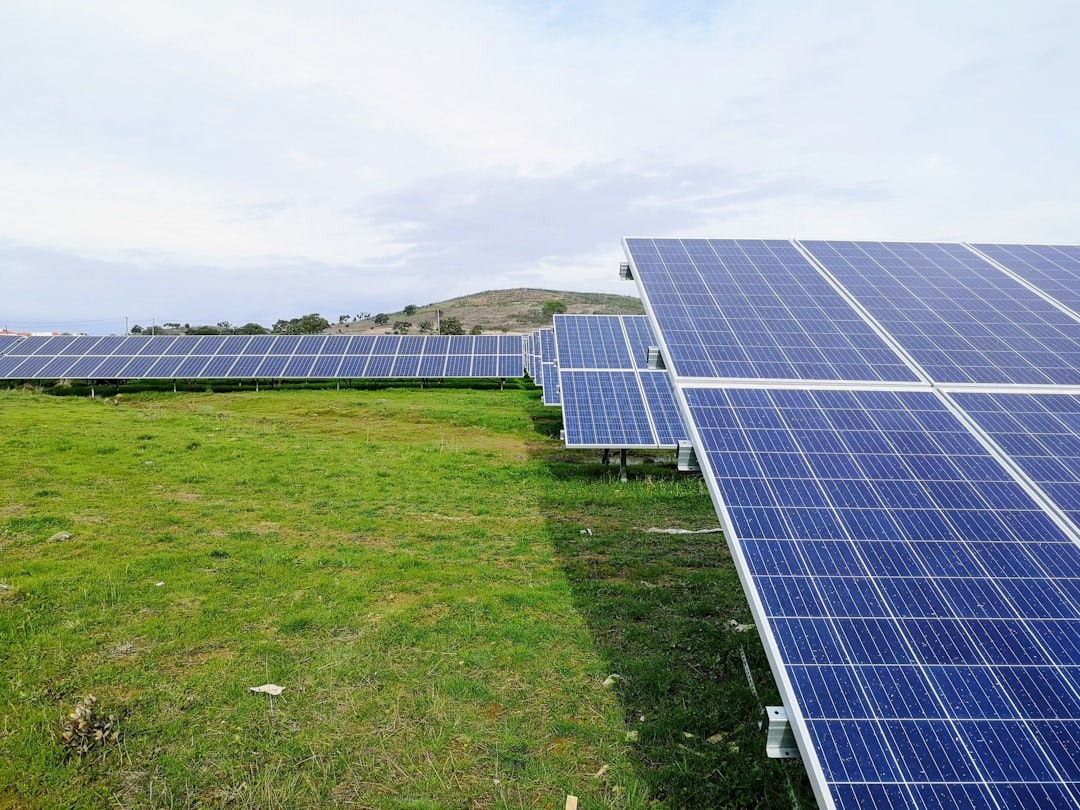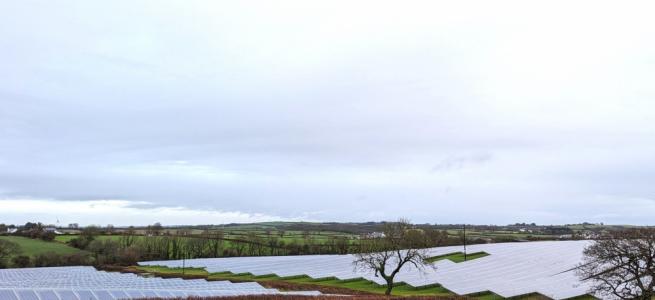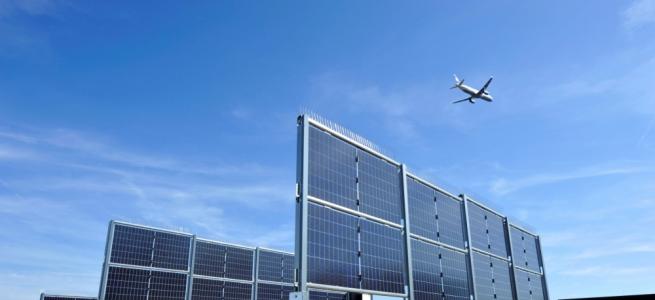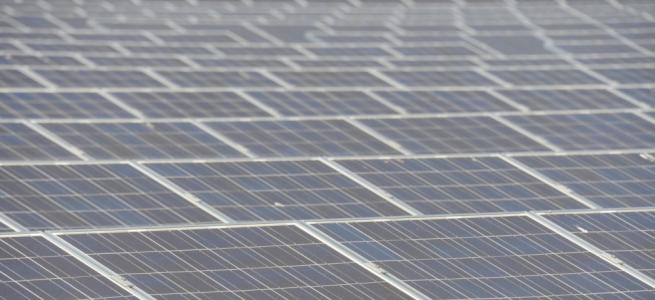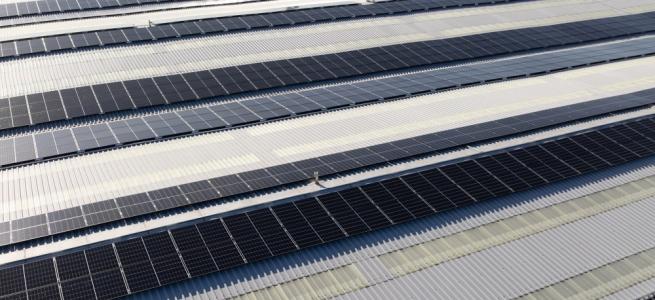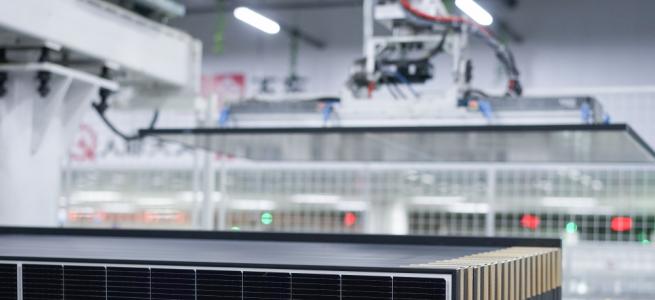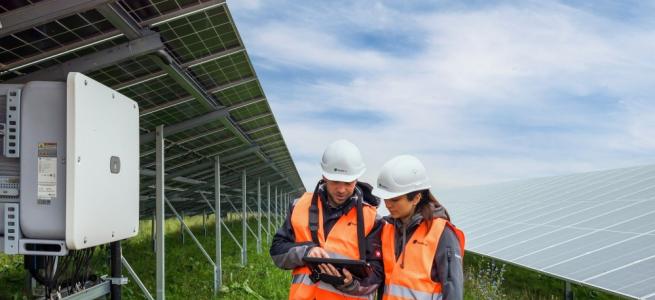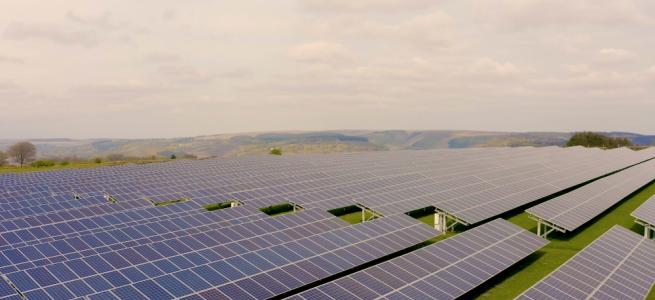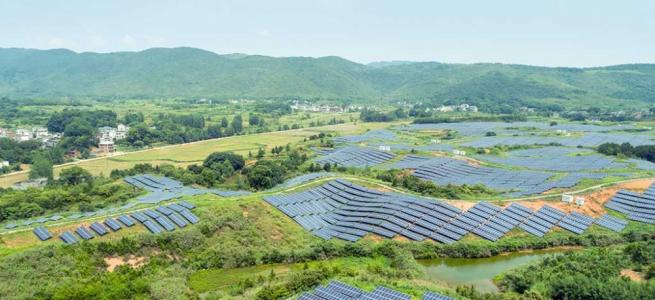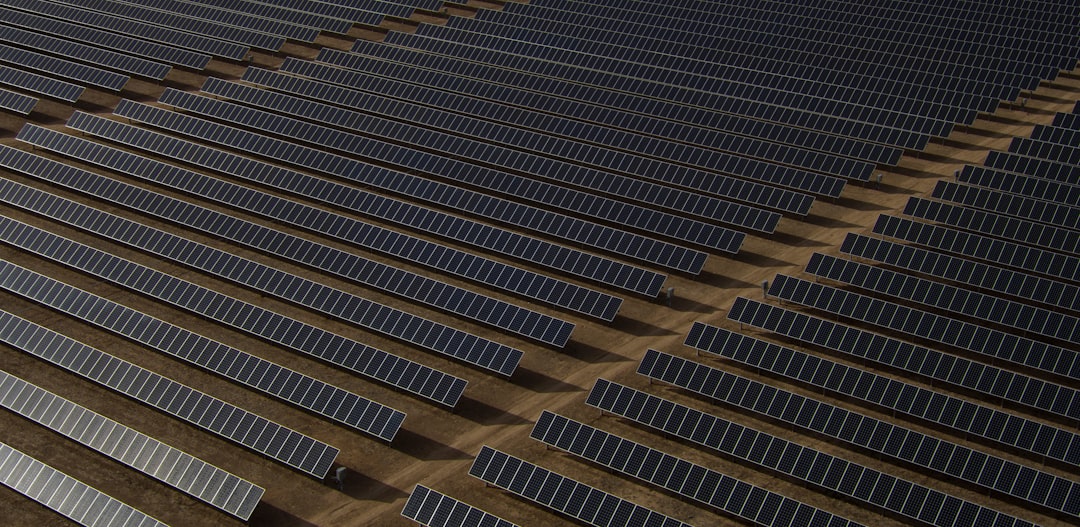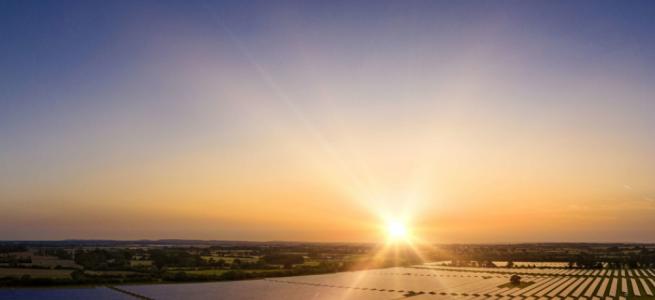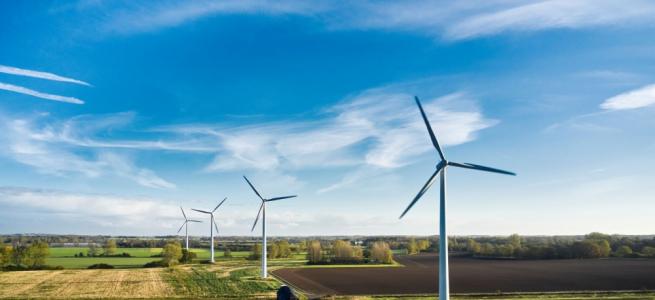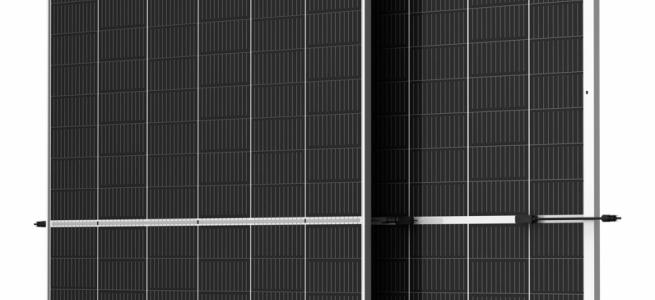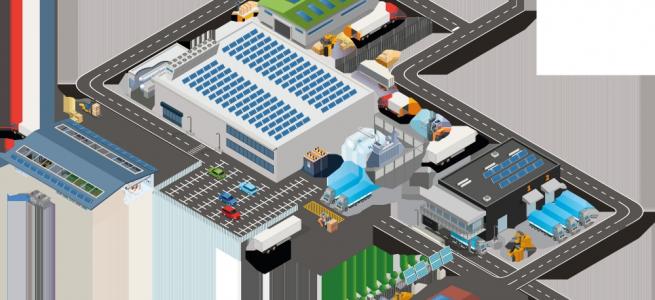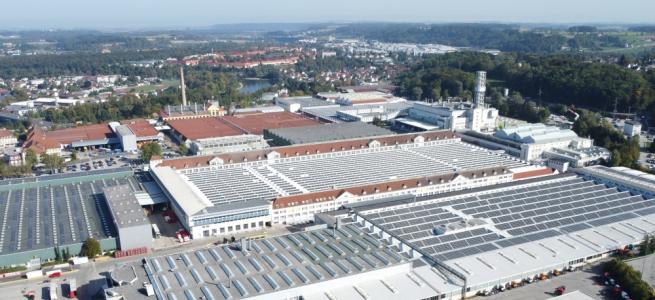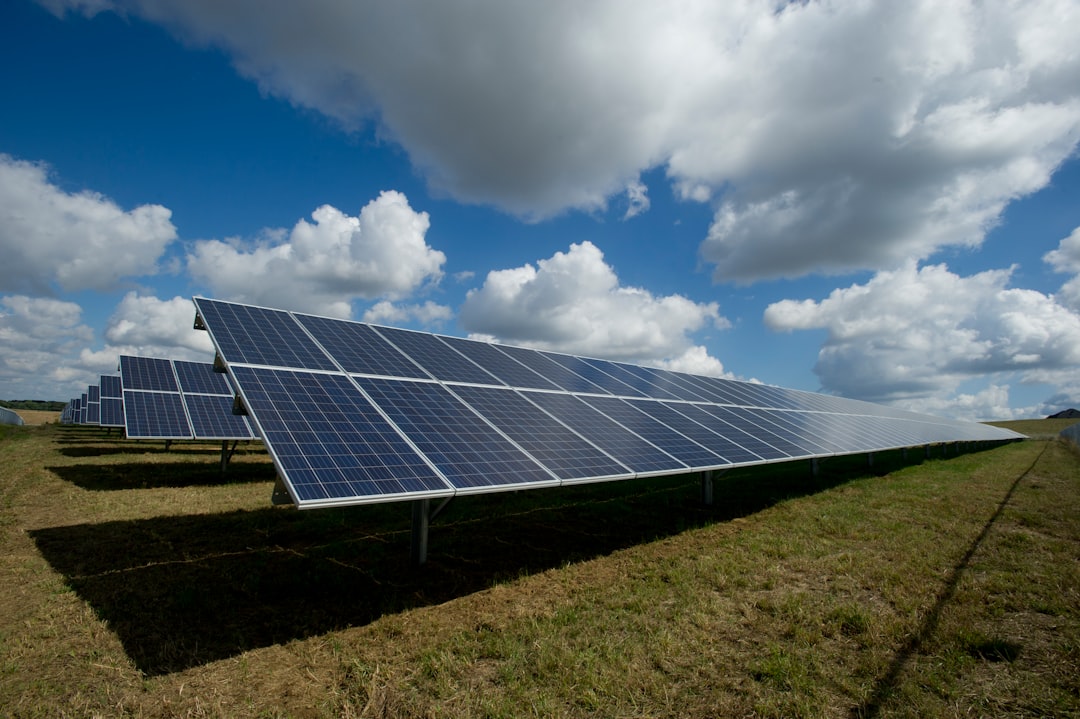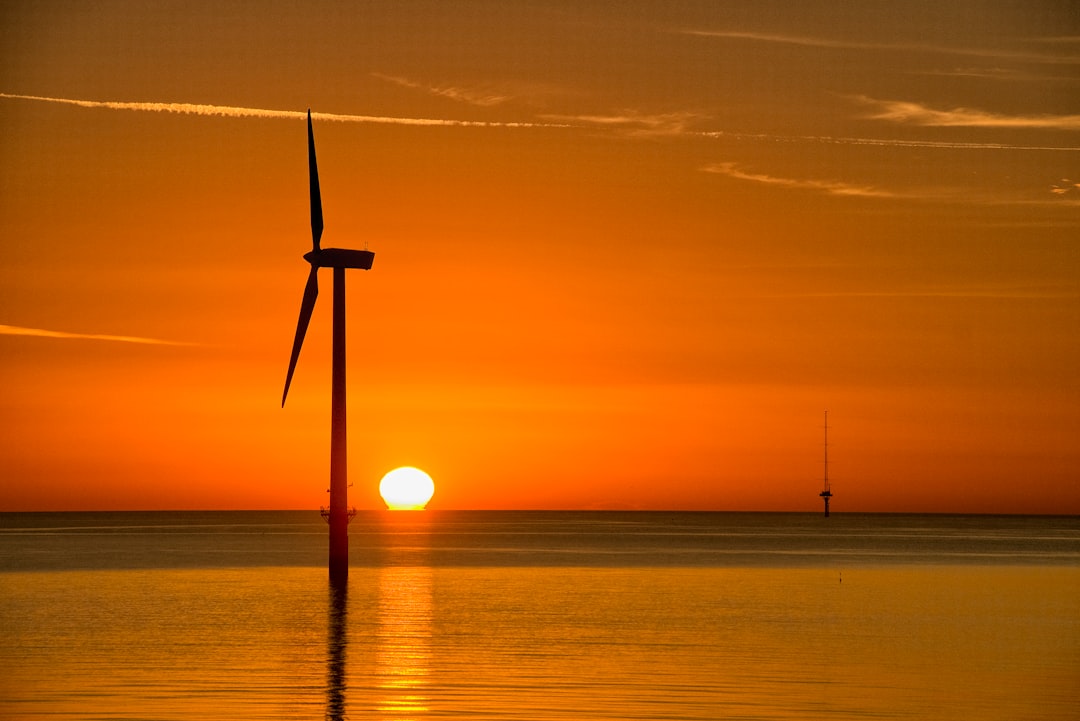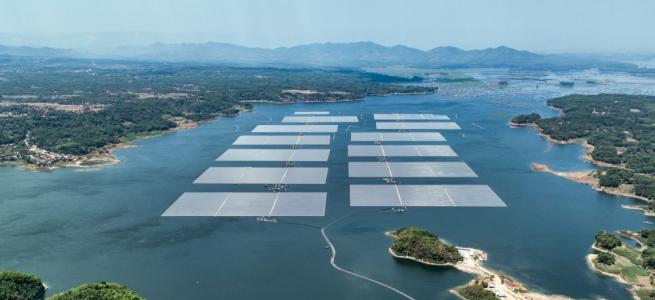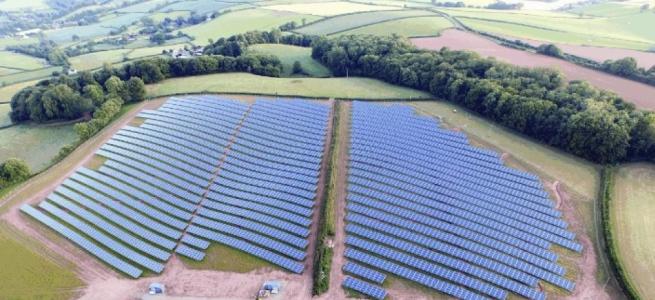Towards the tipping point

The 2017 edition of Technology Radar has found that renewable energy was largely felt to have achieved cost parity, although hydrocarbons retained their dominant position in the global energy mix. This is a reflection of the energy transformation currently under way across the globe; as communities, businesses and organisations increasingly recognise and act upon the urgent need to decarbonise economies.
Whilst this is a global challenge and the end goal is universal, the solutions are not uniform. In fact, the best energy ecosystem for any given country depends on a set of characteristics that are specific to that nation "“ including the natural resources available, geo-demographics, energy demand, market design, policy, technology, public appetite and social acceptance. It needs to take into account what resources are available, how can they be harnessed, how the population and industry needs and uses power (and will in the future) and therefore how the network needs to operate and adapt.
Taking this as its starting point, this research looks at the degree to which renewable energy has gained traction throughout the world "“ and what needs to happen to accelerate it. Based on a large survey of renewable energy professionals across the global sector and the insights of a number of industry leaders, the research illuminates the outlook for renewable energy "“ and highlights the technologies that are expected to deliver the greatest impact.
We are heartened by not only the optimistic outlook, but by the measured and realistic approach that is displayed throughout the results and insights in the research. Grid transformation must be based on sound understanding of each country's individual ecosystem, and it is clear that this is advancing alongside technology, policy and investment.
If there were doubts that renewable energy sources can compete with oil, natural gas and coal in power generation, developments in the past two years should have dispelled them. According to the International Energy Agency (IEA), 2016 was a record year for renewable energy projects, which provided two-thirds of new global power capacity. By July 2017 China, the world's biggest generator of solar photovoltaic (PV) power, had already met its 2020 target for installed PV capacity. Earlier in the year, Germany's electricity regulator awarded bids for the country's first subsidy-free offshore wind farms; in December, the Netherlands' government followed suit. And September saw sharply reduced subsidies in auctions for similar projects in the UK, as well as the opening of the country's first subsidy-free solar PV farm.
This continuing growth of solar and wind capacity in many parts of the world, and the increasing incidence of projects involving low or no subsidies, have led some observers to proclaim the arrival of a "˜tipping point' for renewables. This is the point at which one or more renewable energy sources match fossil fuels used in the grid in terms of their cost competitiveness.
Basing this sort of assertion on individual projects is a risky move. After all, every project has its own circumstances and economics, and these can differ"”sometimes considerably"”even within the same country. Nonetheless, tipping point predictions do provide an indicator of the progress made to date and of what is still required to reach the point where renewables overtake fossil fuels in each country's energy balance.
This 2018 edition of the Lloyd's Register Technology Radar provides an industry perspective on the challenges that need to be overcome for renewables to become the primary form of energy consumed in countries. It is based on the views of 792 senior executives from around the world who are close to their companies' renewable energy activities or renewable technology development.
As a group, they are cautious about their expectations of when renewables will overtake fossil fuels. But they are also optimistic that technology innovation in different fields will have a sizeable impact in the next five years on the performance of renewable energy generation, transmission and storage. Many eyes are fixed, for example, on the development of storage technologies. But it is important not to underestimate the cumulative impact of a series of less dramatic process improvements "“ especially those powered by digital technologies.
Key findings
The tipping point is still in the future. Despite recent advances, grid parity for major renewable energy sources is still several years away for most countries. The industry expects parity for solar to be achieved earliest in China (2022/23), and for wind earliest in Germany (2024).
A decisive tilt in the energy balance will take longer. Taken together, renewable sources are expected to surpass fossil fuels in countries' energy mixes first in Europe and North America (by 2025), in the Middle East by 2028, and in Asia Pacific and Africa in 2033 or later.
More than grid parity is needed to shift the energy balance. Achievement of grid parity is not by itself enough in most countries to tilt the energy balance decisively in renewables' favour. Issues with grid connection, transmission and storage often combine to limit the impact of individual projects.
Technology advances can change the equation. Continued technology innovation could accelerate progress towards achieving grid parity. Most of the attention is on advances in solar and storage technologies that could have a big impact on performance, but these may take time before having the desired impact on cost.
Technology innovation overshadows policy as a growth driver. Most executives believe that technology advances will do more to improve the economic case for renewables than policy or regulatory factors. But policy change remains a potential inhibitor in both developed and developing markets.
Incremental advances will have an outsized impact. In wind energy, boosts to scale and optimised processes will be more influential in improving performance and cost-efficiency than breakthrough technologies. Larger offshore turbines and rotors, for example, and streamlined installation and maintenance practices (with the help of analytics) are expected to improve wind farm economics.
Digitisation will drive performance improvement. Hopes are high for a favourable impact from digital technologies on renewable energy generation and transmission. For example, companies are looking to use predictive analytics, demand management and even machine learning to improve the operational performance and economics of energy transmission.
Cutting innovation costs is a top priority. Uncertainty over returns constrains technology innovation in many firms, and this has much to do with the high costs of deployment. Better logistics and installation processes will help to ease deployment constraints.
More standardisation is needed. In newer renewable energy technologies, such as wave and tidal, experts believe that significant improvements in economics await industry convergence around the design of key technologies.


